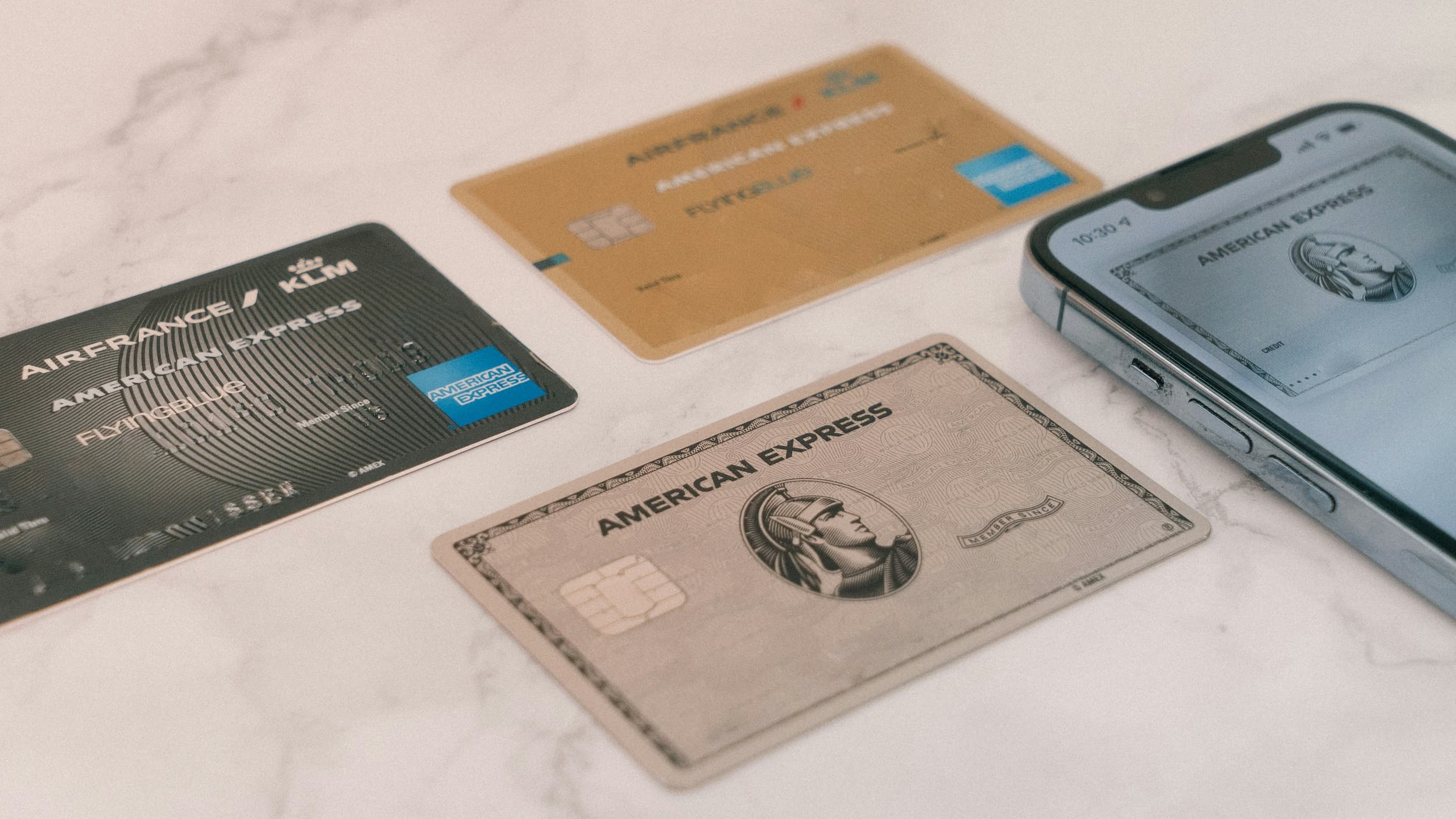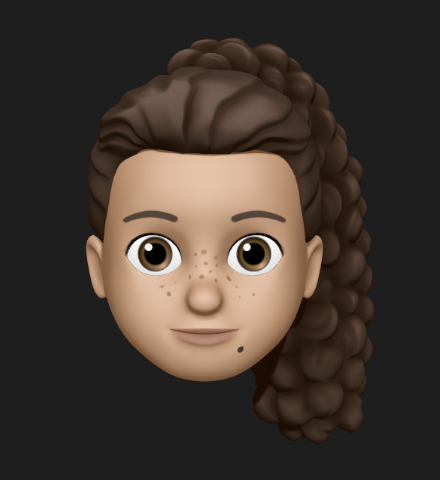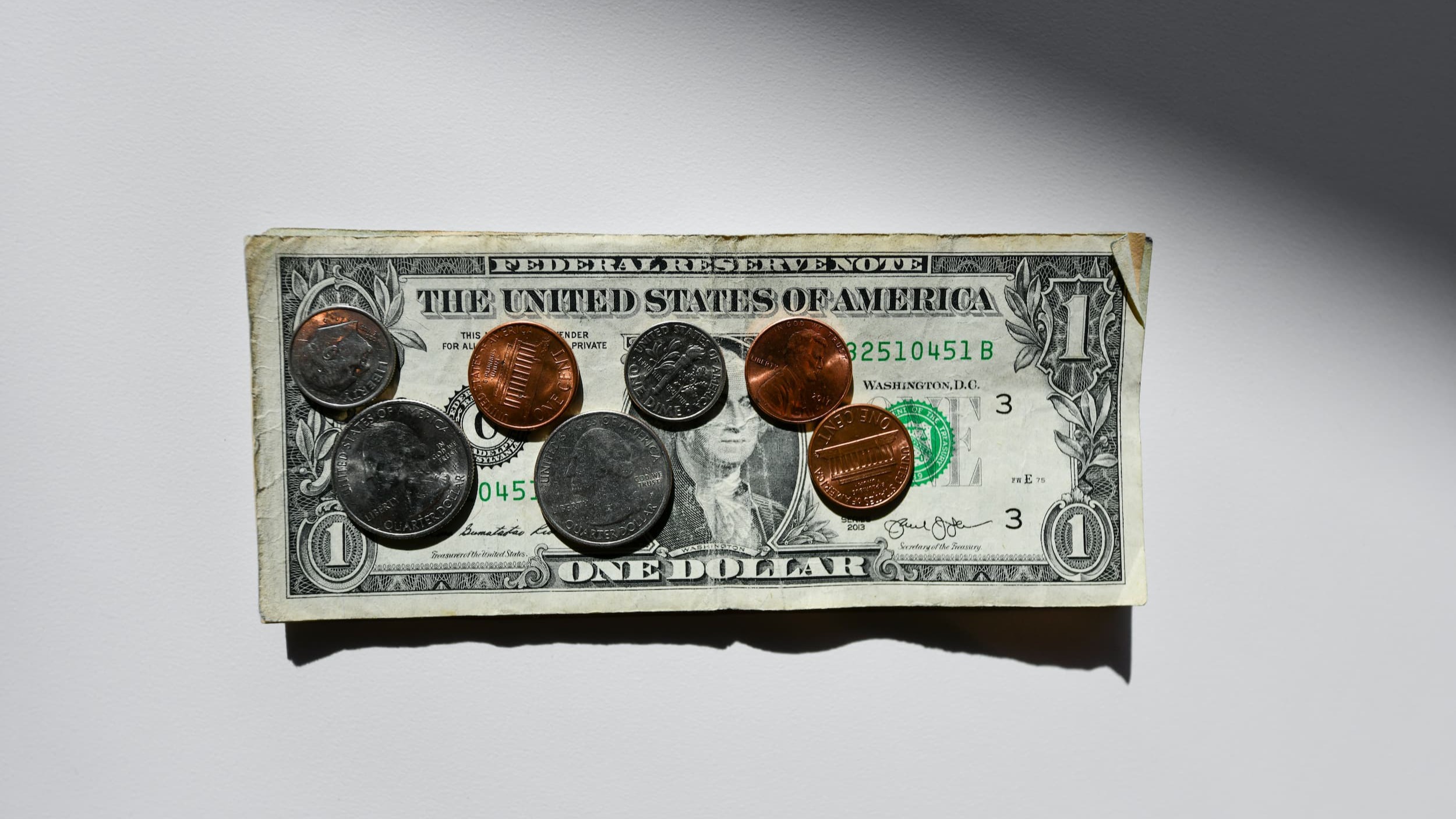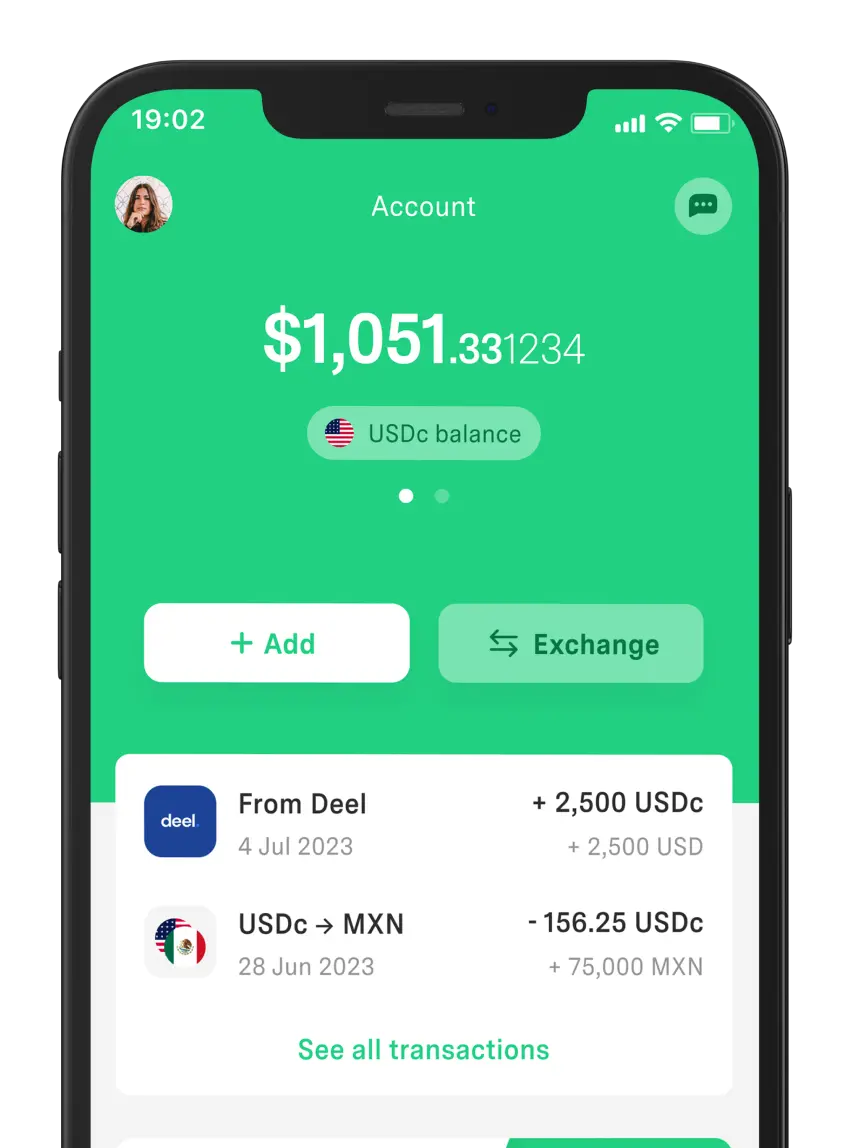 Your Money
Your Money What Was the Largest Credit Card Purchase Ever?
The largest credit card purchase in history was made by Chinese magnate Liu Yiqian in 2015. Find out what he bought and how much he spent.



The United States has one of the most recognized and trusted currencies in the world: the dollar. A currency that drives the U.S. economy and also plays a key role in international trade and global finance.
Familiarizing yourself with U.S. coins and bills can make your life easier if you’re visiting the country. That’s why today we’ll help you understand how one of the most influential monetary systems in the world works.
The U.S. dollar is the legal tender currency in the United States and is identified by the symbol $ and the code USD. Locally, it’s also known as the “US dollar” or simply “dollar.”
Due to its global recognition and acceptance, it is one of the most widely used currencies for international transactions. Moreover, it doesn’t circulate only in the U.S.—it also functions as an official or secondary currency in several countries around the world. This is the case in Ecuador, which adopted it in 2000, and El Salvador, in 2001.
Unlike some of the cheapest currencies in the world, the U.S. dollar remains one of the most stable currencies globally.
Here are the current denominations:
Coins | Bills |
1¢, 5¢, 10¢, 25¢, 50¢, and $1 | $1, $2, $5, $10, $20, $50, and $100 |
The U.S. monetary system includes six types of coins in circulation, although some are more commonly used than others:
U.S. Coins and Their Value:
Pennies (1 cent). The lowest denomination ($0.01), featuring Abraham Lincoln on the obverse.

Nickels (5 cents). Equivalent to $0.05, showing Thomas Jefferson on the obverse.

Dimes (10 cents). Significantly smaller than the nickel, with Franklin D. Roosevelt on the obverse. Worth $0.10.

Quarters (25 cents). Larger than both dime and nickel, with George Washington on the obverse. Worth $0.25.

These four coins are the most used in everyday life by residents.
Even though the 50-cent (half dollar) and $1 coins are less common, they still hold value and can be used for payments.
To calculate correctly, it’s essential to know the U.S. coins and their value. The trick is to add them in descending order.
Say you have 1 nickel (5¢), 1 quarter (25¢), 1 dime (10¢), and 3 pennies (each worth 1¢).
First, order them from largest to smallest:
1 quarter (25¢)
1 dime (10¢)
1 nickel (5¢)
3 pennies (3 × 1¢ = 3¢)
Now, add them step by step:
Start with the quarter: 25¢
Add the dime: 25¢ + 10¢ = 35¢
Add the nickel: 35¢ + 5¢ = 40¢
Add the pennies: 40¢ + 3¢ = 43¢
The total of the coins would be 43 cents.
It depends on the denominations you have:
100 pennies (1¢) = $1
20 nickels (5¢) = $1
10 dimes (10¢) = $1
4 quarters (25¢) = $1
2 half dollars (50¢) = $1
You can also combine them, for example: 2 quarters (25¢) + 1 dime (10¢) + 1 nickel (5¢) + 10 pennies (1¢) = $1
The dollar also comes in paper form. According to the Federal Reserve, which defines monetary policy, seven bill denominations are currently issued:
The one-dollar bill, as we know it today, was first issued in 1963. Since then, its design has remained almost unchanged:

Portrait. George Washington.
Reverse. Great Seal of the United States.
Paper composition. 75% cotton and 25% linen.
Security fibers. Visible red and blue threads.
Texture. Raised print that can be felt to verify authenticity.
The first two-dollar bills were issued in 1775. Back then, they were “credit bills” used to finance the Revolutionary War.

Portrait. Thomas Jefferson.
Reverse. Signing of the Declaration of Independence (adapted from the painting by John Trumbull).
Paper composition. 75% cotton and 25% linen.
Security fibers. Integrated red and blue threads.
Texture. Raised print noticeable by touch.
Issued in March 2008. Compared to previous versions, it includes subtle light purple and gray tones and advanced security features.

Portrait. Abraham Lincoln.
Reverse. Lincoln Memorial.
Paper composition. 75% cotton and 25% linen.
Security fibers. Visible red and blue threads.
Security thread. Vertically embedded to the right of the portrait; inscribed with USA and the number 5. Glows blue under ultraviolet light.
Texture. Tactile raised printing.
Watermarks:
Three small number 5s in a vertical pattern to the left of the portrait.
One large number 5 to the right of the portrait, in a blank space.
Both visible from either side when held up to the light.
The current design has been in circulation since March 2006, featuring orange, yellow, and red tones.

Portrait. Alexander Hamilton.
Reverse. U.S. Department of the Treasury.
Security thread. Right of the portrait in vertical layout, marked with USA TEN and a small flag. Glows orange under UV light.
Watermark. Faint portrait of Hamilton to the right, visible from both sides when held to light.
Ink. The number 10 in the lower-right corner on the front changes from copper to green when tilted.
In circulation since October 2003, it has background colors to distinguish it from other denominations. The background includes subtle green and peach tones.

Portrait. Andrew Jackson.
Reverse. The White House.
Security thread. Left of the portrait, with a small flag and the text USA TWENTY. Glows green under UV light.
Watermark. Faint image of Jackson to the right, visible from both sides when held to the light.
Ink. The number 20 on the back (right side) changes from copper to green when tilted.
The redesigned $50 bill has been in circulation since September 2004. It includes blue and red background colors and enhanced security features.

Portrait. Ulysses S. Grant.
Reverse. U.S. Capitol.
Security thread. Right of the portrait with a small flag and USA 50. Glows yellow under UV light.
Watermark. Portrait of Grant in the blank area to the right, visible from both sides under light.
Ink. The number 50 on the lower-right front also changes from copper to green when tilted.
The highest denomination currently in circulation in the U.S. The current version was issued in October 2013 and includes the most advanced security features.

Portrait. Benjamin Franklin.
Reverse. Independence Hall.
Security thread. Left of the portrait, marked with USA and the number 100. Glows pink under UV light.
3D security ribbon. When the bill is tilted, the bells in the blue ribbon change to the number 100 and move directionally (up-down or side to side).
Bell. A copper-colored bell inside an inkwell turns green when tilted, creating an appearing/disappearing effect.
Watermark. Faint image of Franklin to the right of the portrait, visible on both sides under light.
Ink. The number 100 on the lower-right front changes from copper to green when tilted.
While all bills share the same size and format, each one has unique identifiers.
The U.S. dollar may not be the most expensive currency in the world, but it is one of the most influential and stable globally.
Within its monetary system, 1¢, 5¢, 10¢, and 25¢ coins are essential for everyday transactions. That’s why it’s important to learn how to recognize and count them, especially if you plan to visit the country.
As for bills, they are widely accepted and functional both nationally and internationally.
Prefer to manage dollars digitally?
Try alternatives like DolarApp, where you can have a digital dollar account, send/receive payments, and buy or sell USDc at competitive rates.

The world has borders. Your finances don’t have to.
 Your Money
Your Money The largest credit card purchase in history was made by Chinese magnate Liu Yiqian in 2015. Find out what he bought and how much he spent.

 Your Money
Your Money In most cases, the reference number in a transfer is a unique code that varies depending on the bank or system used.


